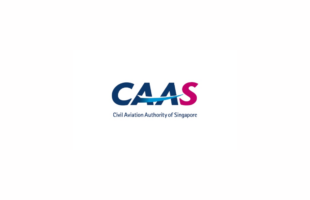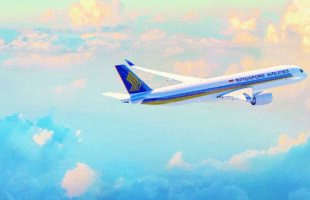High fuel prices and an uncertain global economy weighed heavily on the Singapore Airlines Group earnings in the 2011-12 financial year, pushing net profit down by S$756 million (US$589.6 million) or 69 per cent to S$336 million. Group revenue grew by $333 million (up two per cent) to $14.9 billion on the back of a 3.6 per cent improvement in passenger carriage, but partially offset
by weaker yields.
The carrier – the world’s No.2 carrier by market value – said jet fuel prices remained high throughout the year, resulting in a 32 per cent spike year-on-year in average jet fuel prices to US$133
per barrel. This translated to a 29 per cent (+S$1.3 billion) increase in fuel cost before hedging, which contributed to a 10 per cent rise in Group expenditure.
The Singapore-based Group reported its operating profit fell S$985 million (-77 per cent) to S$286 million. The operating results of the main companies in the Group for the financial year include: Parent Airline Company – Operating profit of $181 million ($851 million
profit in 2010-11); SIA Engineering – Operating profit of $130 million ($136 million profit in 2010-11); SilkAir – Operating profit of $105 million ($121 million profit in 2010-11) and SIA Cargo – Operating loss of $119 million ($151 million profit in 2010-11).
SIA Cargo’s load factor of 63.8 per cent was marginally down by 0.2 percentage points while freight carriage (freight tonne-kilometres) was almost flat. Cargo capacity rose 0.7 per cent.
The cargo breakeven load factor however, rose sharply by 5.7 percentage points to 67.3 per cent, as unit cost increased 5.4 per cent from high fuel costs while yields fell 3.6 per cent.
As part of its strategy of dealing with the current environment, SIA will focus on better linking SIA’s long haul network to that of its regional carrier, SilkAir. A weak global economy has hit demand
on long-haul routes and competition from other premium airlines is ever intensifying. Middle Eastern carriers such as Emirates, Qatar Airways and Etihad have also been grabbing a bigger share of premium passengers with high service standards, attractive deals
and new aircraft. Analysts have noted that the carrier’s decades-long brand differentiation may finally be eroding as
a result of intensified pressure by largely Middle Eastern carriers.
SIA is aiming to better tap the network of its regional arm, SilkAir. “SilkAir is very much part of SIA, and we have to leverage SIA’s long haul (network) to connect into SilkAir’s regional routes,”
said SIA’s chief executive Goh Choon Phong.
SilkAir’s network of cities, which include Xiamen, Bangalore and Koh Samui, would strengthen connections for customers, encouraging them to choose the SIA group for their entire trip instead of hopping onto budget carriers, Goh told reporters and analysts at a briefing.
The airline’s new medium-to-long haul budget carrier, ‘Scoot’ will start flying in June to destinations such as Sydney, Bangkok and Tianjin, putting it in direct competition with more established players Jetstar and Air Asia X. It would also compete with its affiliate, Tiger Airways Holdings Ltd in one sector.







